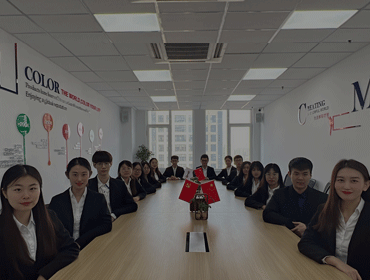General introduction
•Sulphur dyes are synthetic organic substantive dyes, produced by the thionation or sulphurisation of organic intermediates containing nitro or amino group
•They are like vat dyes, highly colored, water insoluble and have to be converted to water soluble, substantive form( leuco)before application to textile material.
•Sulphur Dyes are mainly used for dyeing cellulose fibers. Apart the cellulose fibers, these can be also used for dyeing staple fibers and yarn.
Salient features
•They give good to Moderate lightfastness and Good wet fastness at Low cost and rapid processing
•Traditionally, these dyes are applied from a dyebath containing sodium sulfide.
•However, development in dyeing techniques and manufacture has led to the use of sodium sulfhydrate, sodium polysulfide, sodium dithionite, thiourea dioxide, and glucose as reducing agents.
•In the reduced state, the dyes have affinity for cellulose and are subsequently exhausted on the substrate with common salt or sodium sulfate and fixed by oxidation. The range of colors covers all hue classification groups except a true red. As a rule, the hues are dull compared with other dye classes. Black is the most important, followed by blues, olives, and browns
Method of using Sulphur dyes
•The conversion is usually carried out by the treatment with aqueous sodium sulphide solution
•Since the leuco form has affinity for cellulosic fibre and since they are sensitive to atmospheric oxidation, they can be easily oxidised to the parent sulphur dye
•Thus they have to be dyed from the aqueous sodium sulphide solution




